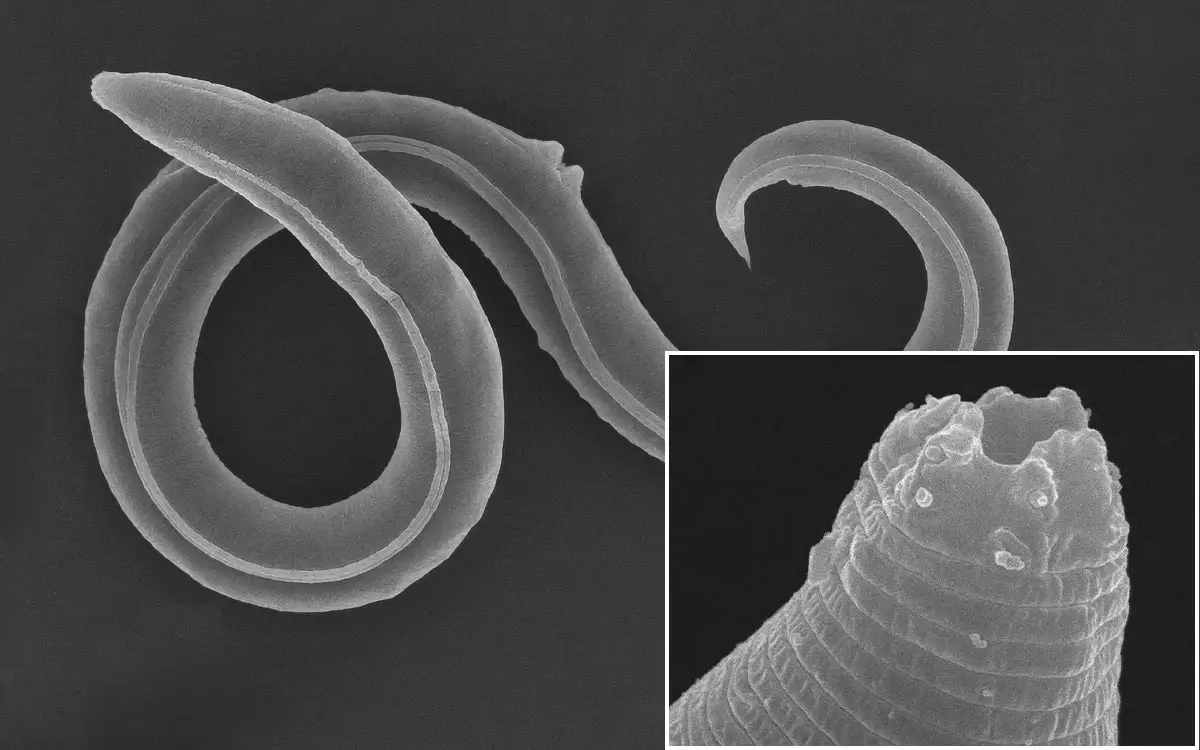By: Annabelle Ma
46,000 years ago, a pair of roundworms became encased in the Siberian permafrost. Thousands of years later, the thawed worms were able to move once again, demonstrating that life can be paused.
This discovery, which was published this week in the journal PLOS Genetics, shows that worms (nematodes) can survive in extreme conditions for long periods of time.
In 2018, Anastasia Shatilovich, a scientist from the Institute of Physicochemical and Biological Problems in Soil Science RAS in Russia, defrosted two worms from a fossilized burrow in the Arctic. The worms, which were 130 feet deep in the permafrost, were simply revived by putting them in water.
Using radiocarbon dating, scientists were able to figure out that the worms were from sometime between 45,839 and 47,769 years ago, during the late Pleistocene period.
The millimeter-long worms were able to survive the low temperatures by entering the state of cryptobiosis, a state in which scientists have been working hard on to understand. No nematodes have been able to withstand this state for this long, Teymuras Kurzchalia, a professor at the institute who was involved in the study, said on Saturday.
“The major take-home message or summary of this discovery is that it is, in principle, possible to stop life for more or less an indefinite time and then restart it,” Dr. Kurzchalia said.
The discovery of semiconductors, he said, took decades to yield a practical use, but it turned out to be a big help to us. Similarly, Cryptobiosis could perhaps be engineered by humans eventually.
Ancient viruses, mummified bodies, and some microscopic creatures have been found in the Siberian permafrost over the years. During the Covid pandemic, many had concerns that unearthing microorganisms might lead to deadly consequences for mankind.
According to Dr. Kurzchalia, while this is possible, the study of these organisms is in a lab-controlled setting makes this is unlikely.
Though the ancient worm in the study died, that was expected because of their life cycle, Dr. Kurzchalia said.
“Sleeping Beauty, when she came out, she didn’t live another 300 years,” he explained.
Source: https://www.nytimes.com/2023/07/29/science/roundworm-nematodes-siberia-permafrost.html











